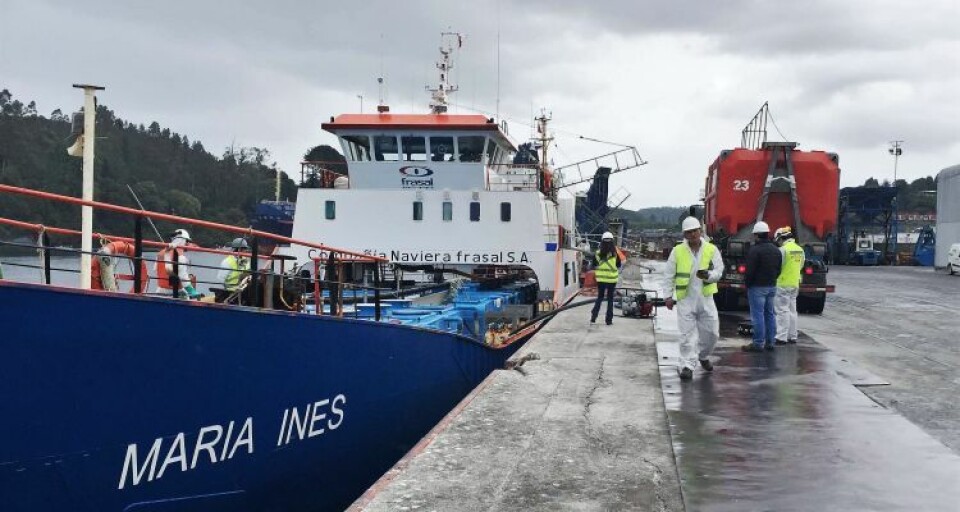
Details of algal mortalities released
Toxic microalgae have killed 149,000 salmon belonging to the Chilean producer Nova Austral in two separate incidents – losses with a net value of $250 million pesos (US $390,000).
Of this total, 105,000 fish, averaging 215 grams, were killed when being transported aboard the Don Pedro; while 44,000 salmon, averaging 420 grams, were lost aboard the Maria Inés while travelling from Puerto Montt to be stocked at the company’s Aracena 5 site, according to the Prensa Austral.
The firm’s CEO, Nicos Nicolaides, said that all the smolts that were carried by the two boats were killed, while the cause of mortality, apparently, was the toxic microalgae Karenia mikimotoi. The company has therefore suspended plans to stock sites in the Golfo de Penas until they are sure that the microalgae have disappeared.
In the meantime, the firm looks forward to being more self-sufficient in Tierra del Fuego, so they do not need to transport juvenile salmon all the way down from Puerto Montt. Once an ongoing environmental impact assessment is completed, the company plans to start production of a smolt unit in Tierra del Fuego – thus cutting smolt transfer times to its Magellanes sites from a week to several hours.
Mr Nicolaides told Salmonexpert that, despite the recent losses, the company hopes to harvest 29,000 tonnes of salmon this year, up 16% from 2016. He reflected that the incident’s impact on their production plans will be minimal – Nova Austral stocks 7 million smolts a year, so 140,000 fish represent only 2% of its stocks and can be relatively easily replenished. Moreover, he added that those fish which died in the Golfo de Penas were not due to be harvested until mid-2018,
Australis
Another producer in the area, Australis, has also been affected by a recent bloom of microalgae. In conversation with Salmonexpert, the company detailed the losses and the measures they are taking to mitigate them.
How did the recent bloom of microalgae affect you?
This phenomenon affected a particular transfer of fish in the harvest that we were making from one of our sites in the Magallanes region and whose final destination was our plant in Quillón (Chiloé).
Have you quantified the losses?
We had an affected biomass of around 100 tonnes.
What contingency measures are you taking and what are you waiting for in the coming days?
We are always alert and prepared to face these kinds of contingencies that may occur.
After the events of last year, we have increased monitoring, both in type and in frequency. In addition, we have also invested resources in preparing and training our teams for these phenomena, which allows us to be prepared to anticipate and react in these circumstances.























































